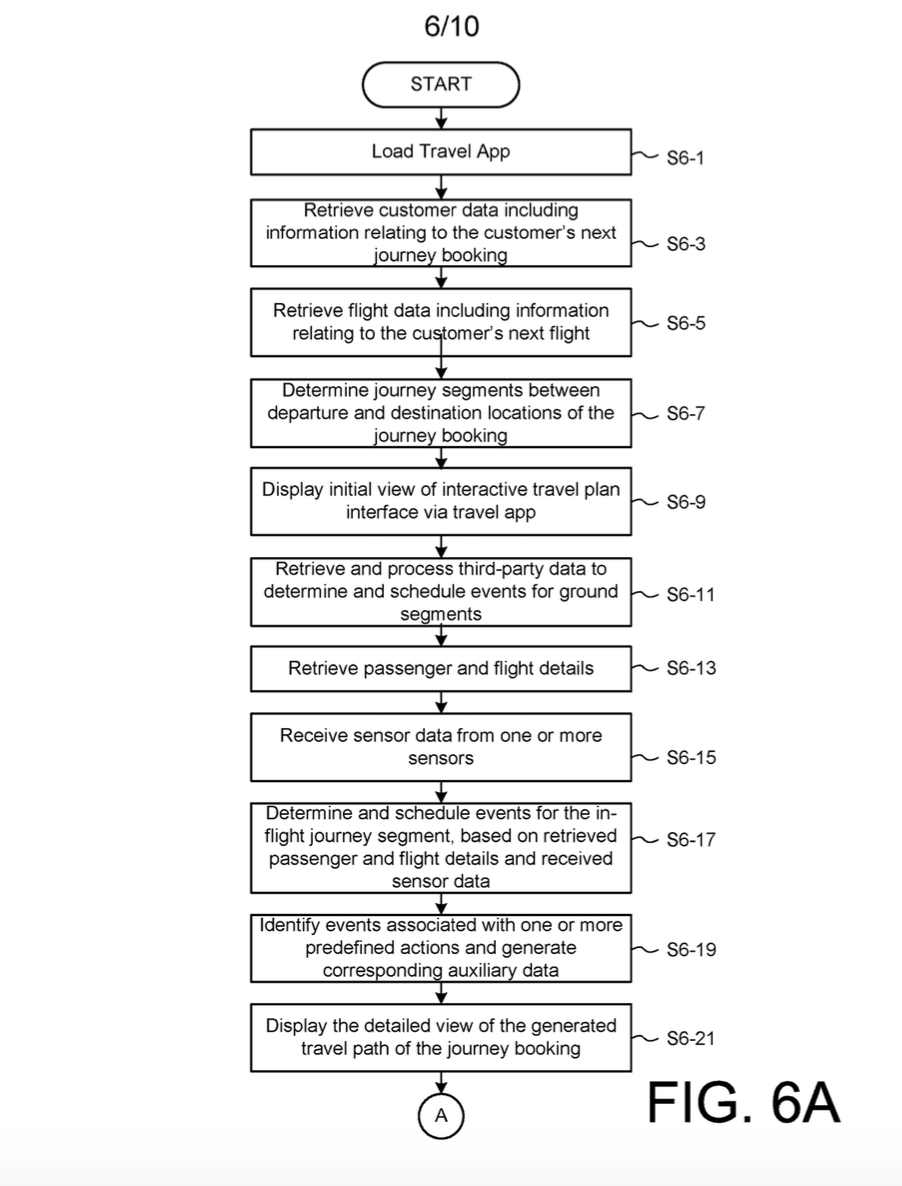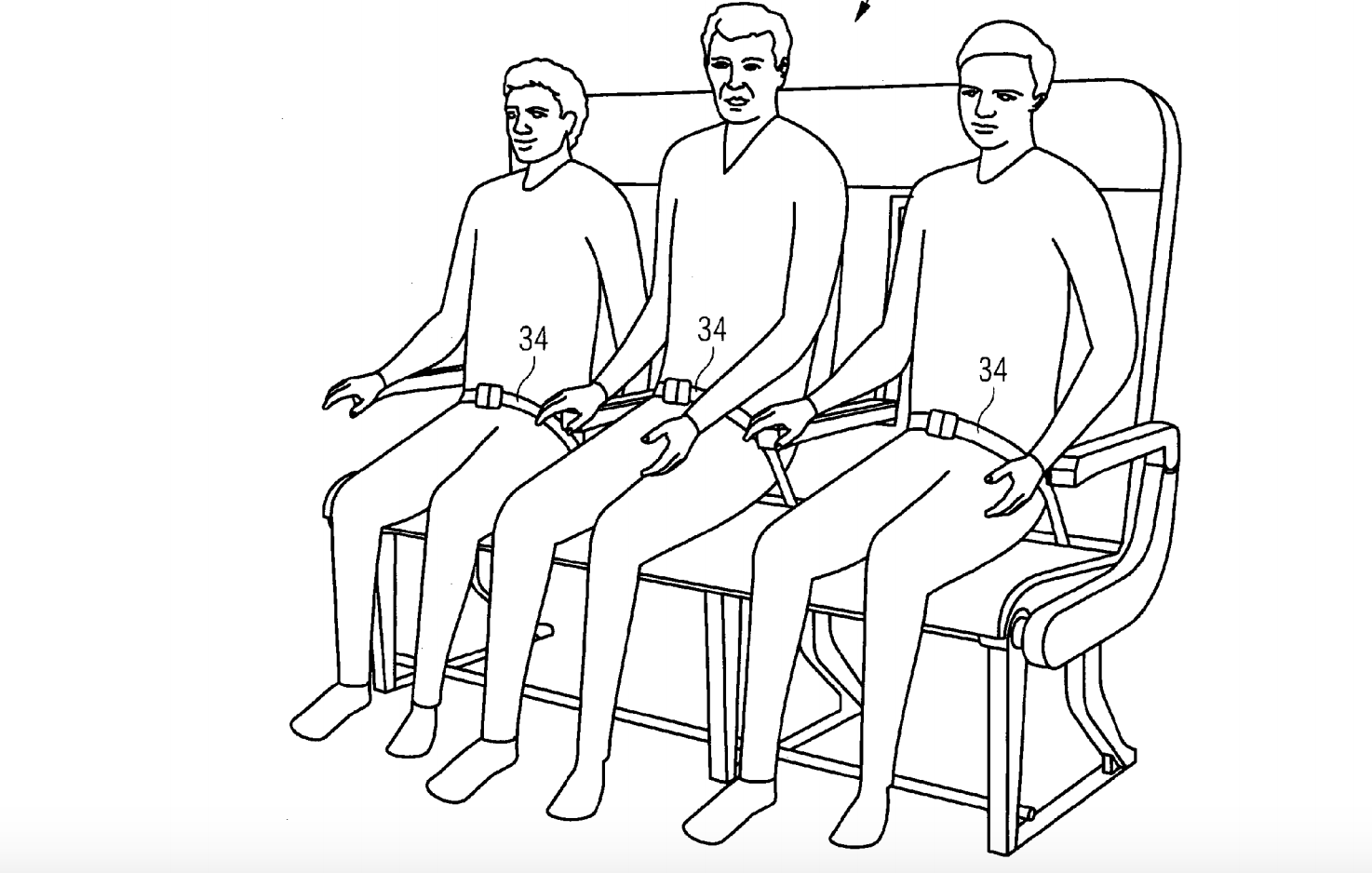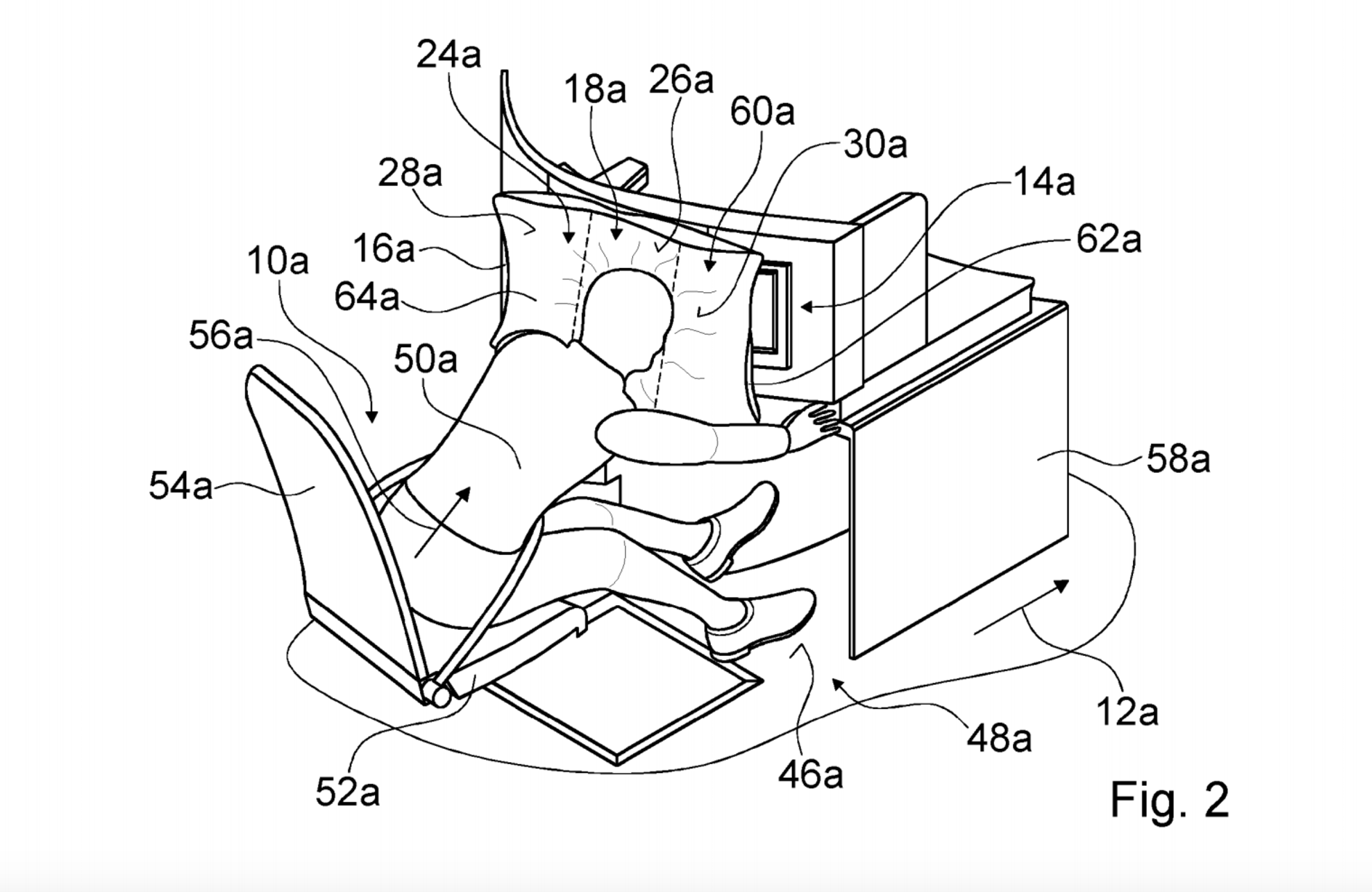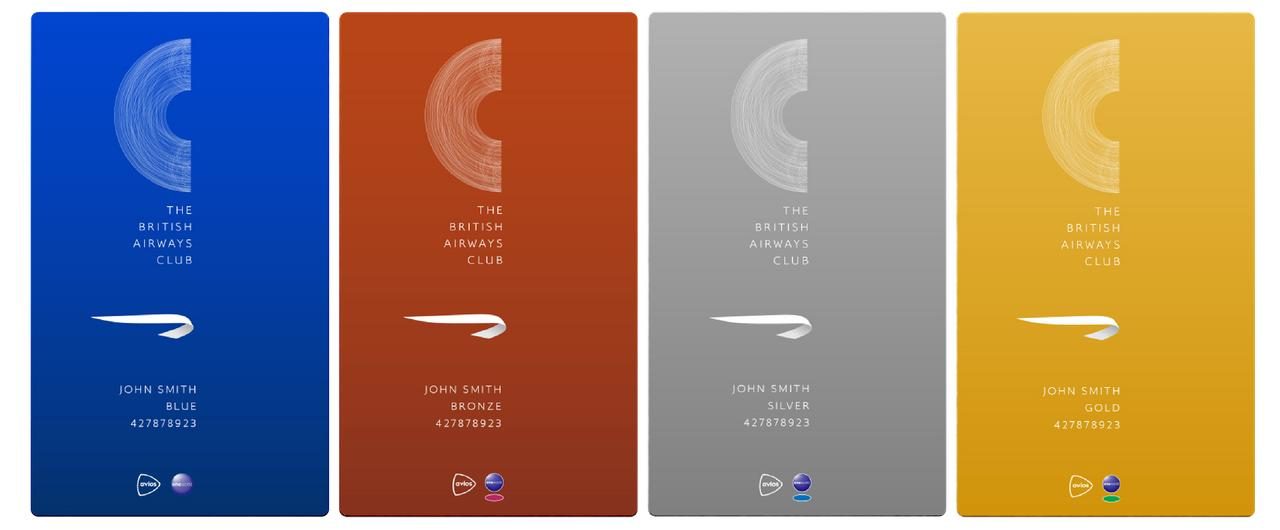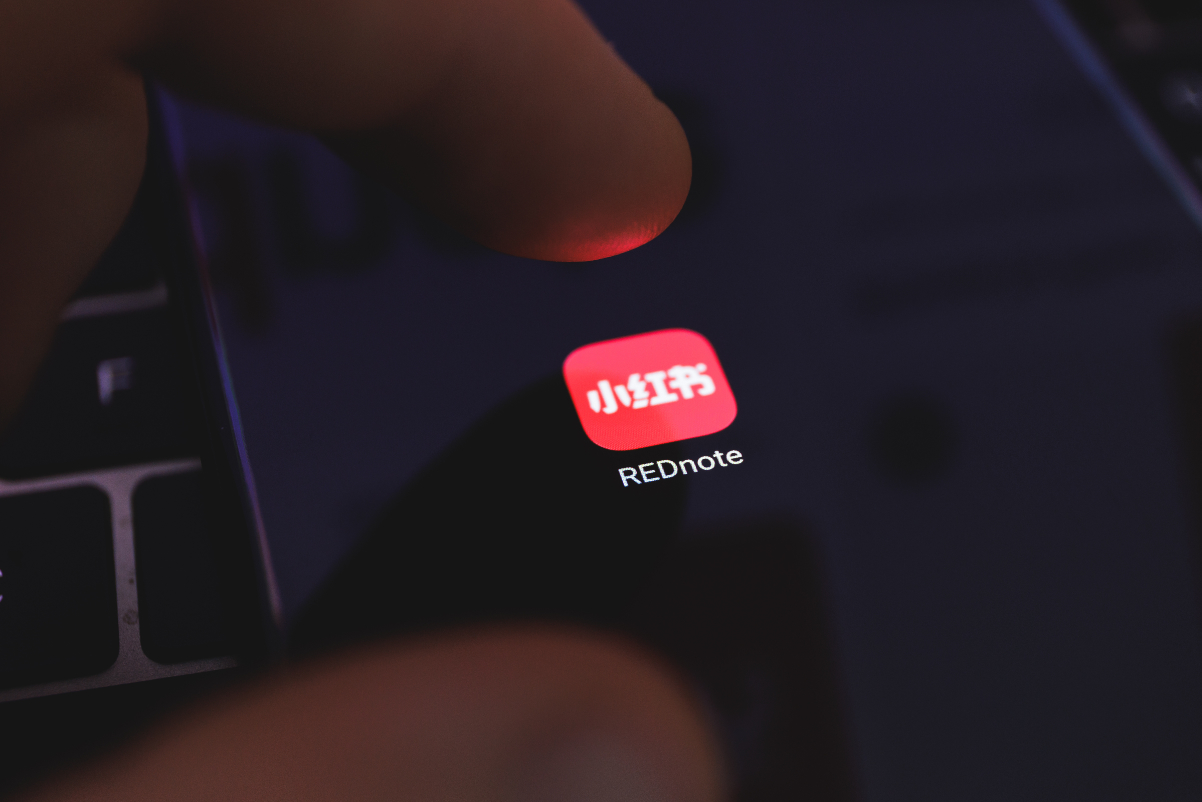Five of the Most Creative Airline Patents from 2016
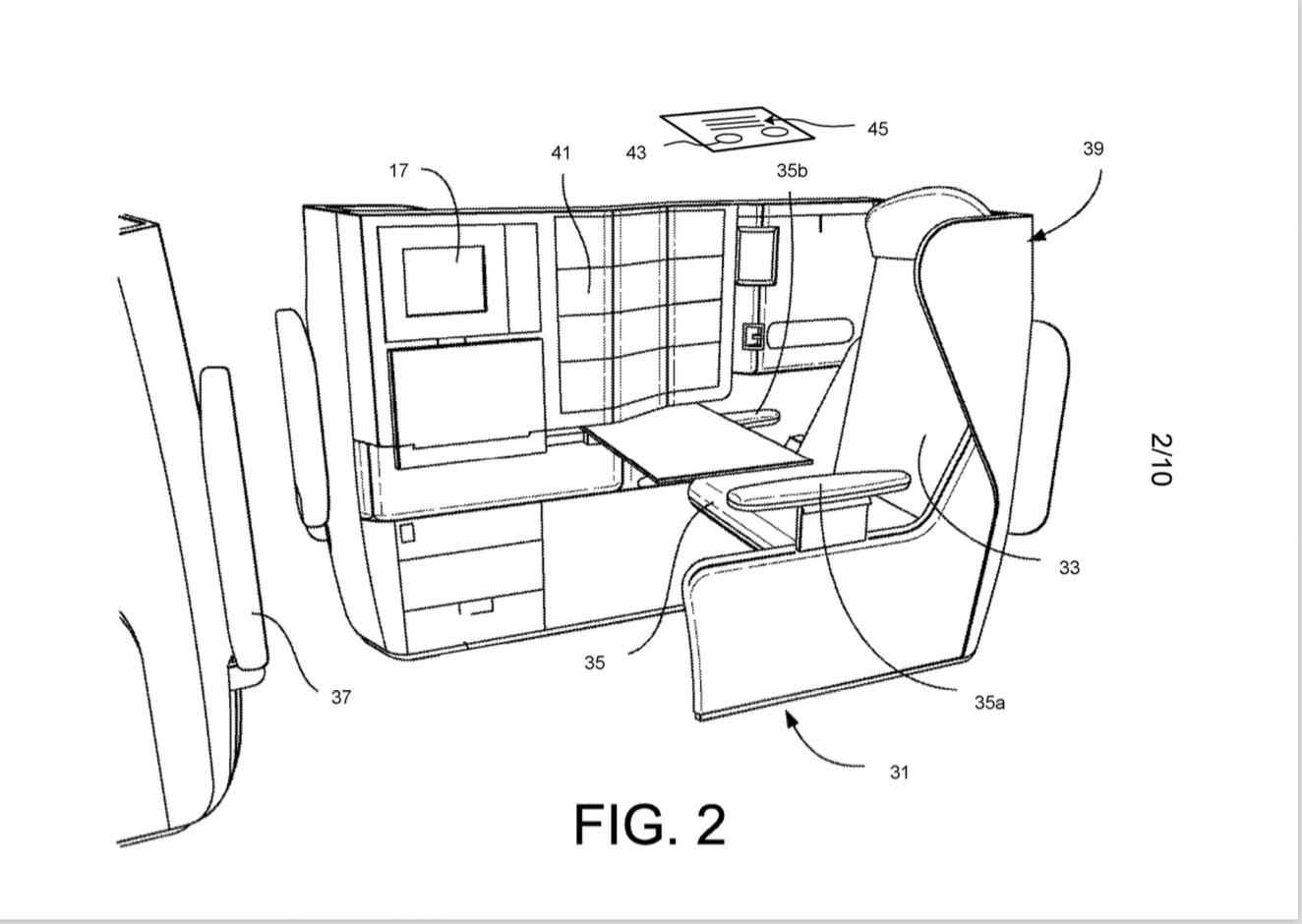
Skift Take
Like corporations in any industry, airlines and their suppliers apply for patents constantly to protect intellectual property. And like in all industries, most of the patented ideas never make it to market.
But monitoring patents can be fun, because they show how airlines might innovate if they didn't have to worry about costs, government regulations, or privacy laws. While some patents are for practical ideas, many more have pie-in-the-sky type elements.
In recent years, we've seen patents for bunk-bed style seats, and seats that come with virtual reality-style headsets. Another patent filed in 2015 called for an onboard conveyor belt that would allow airlines to deliver food to each seat.
Many of this year's patent applications were equally amusing. Some exciting ideas, found in patents filed by British Airways, Airbus, and Mastercard, may never reach market. But other less innovative patents, such as applications from United Airlines and Recaro, a seat-manufacturer, could be possible.
Here are our favorite patent applications that were made public in 2016, ranked from least likely to fly to least likely.
Mastercard can transmit your height and weight to airlines
When you buy clothing, your credit card company learns enough about your preferred sizes to take a reasonable guess at your height and weight, Mastercard noted in a recent patent application.
In that application, Mastercard suggested the data might help airlines, who could use it for seating purposes. Perhaps, the application theorized, airlines could avoid seating two overweight passengers next to each other.
According to the application, Mastercard can even make reasonable guesses on the height and weight of everyone in a household, not just the card-holder.
But just because Mastercard can share this information does not mean it will. A company spokesman told Skift recently, "We file many patents, including those that may be ahead of our industry’s times. For this particular patent, we have not focused on its application and have no further information to share."
Mastercard may also have to worry about privacy issues. Its application noted that it likely would need consent from cardholders before sharing their information
Verdict: Kudos for Mastercard for trying to innovate. But while we may someday see card companies sharing more data with merchants, it seems unlikely airlines would want information about the height and weight of travelers.
British Airways and the ingestible pill
If British Airways knew more about the wants and needs of its customers — a lot more, according to a recent patent application — the airline might be able to give them a better travel experience.
The carrier's recent patent covered many topics that could allow the airline to improve and personalize the in-flight experience. British Airways might solicit information about passenger needs and then use it during the journey. Or it might put sensors on the plane, tracking things like air conditioning and lighting near the customer's seat.
But one aspect of the carrier's patent application got more attention than anything else. British Airways noted that it might be possible to track passenger desires by offering them a "digital pill," which they could, essentially, eat.
“Digital pills or other ingestible sensors that detect internal temperature, stomach acidity and other internal properties, and wirelessly relay this information outside the passenger’s body,” the airline's application read.
In an ideal world, British Airways would use the data it collects to create a "wellness planning module" for each passenger. According to the airline, it could "schedule in-flight events related to optimal sleeping, eating, and exercise patterns to assist with alleviating the passenger's jet lag at the destination."
In its application, the airline said with the right tracking devices, it could tell whether passengers are awake, asleep, hungry, nervous, hot, cold, or uncomfortable.
Verdict: For good reason, the pill got some of the media attention. But it's the other, more simple stuff in the application — like using sensors on the plane to ensure passengers are comfortable — that's more likely to actually make it to market.
Airbus thinks airlines should try bench seating
Could airlines pack in more passengers by installing bench seats?
Perhaps, Airbus said in a patent that became public earlier this year. They key is flexibility. In most cases, the bench might fit three passengers, just as today's seats do. But the bench could also fit two people — for a roomier ride — or even a family of four.
"The passenger bench seat is particularly well suited to use by families with small children since, in its third configuration, the passenger bench seat offers sufficient space for two adults and also for two small children sitting, for example, between the two adults," Airbus said in the application.
The application notes that airlines are doing all they can to increase seat density. "Optimum utilization of the space available in a passenger cabin is of major economic importance,” the application reads.
Verdict: It's not a bad idea, but airlines tend to resist change, so it's not likely this configuration will be flying any time soon. The current seating configuration has worked for a long time.
Recaro's business class airbags
Business class passengers often pay thousands of dollars more than coach passengers for the same journey. Does that mean they're entitled to better safety protections?
Possibly, according to a recent patent from aircraft seat manufacturer Recaro, which wants to add airbags in some seats. Similar to those found in a car, these airbags would protect passengers from hitting their heads on the seats in front of them.
Many business class seats — and some economy seats, especially in bulkhead rows — already have airbags, but they're much different than car ones. The typical airline airbag is embedded in the seat-belt, and pops out during a crash.
Verdict: Adding car-style airbags in business class makes sense. But will it catch on? It's hard to say, except that it will probably depend on cost.
United Airlines seeks to limit gate announcements
When passengers cannot select seats in advance, perhaps because a flight is nearly full, airlines often assign them at the last minute, at the gate. That usually requires agents to make several announcements, calling each passenger by name.
But United Airlines has filed for a patent to try to make this system more efficient, and make gate areas slightly quieter. It's a process that would also allow United to call passengers for last-minute first class upgrades.
It's surprisingly simple. Essentially, United would send a message — likely a text or a push notification — to the passenger's mobile phone. "The electronic communication may indicate that a seat assignment is available and may provide instructions for accepting or declining the available seat assignment," United said in its filing. The system would then transmit a new boarding pass to the passenger.
Verdict: It's not the sexiest idea on this list, but it's also the most feasible. It is so simple it almost makes you wonder why it needs a patent.
